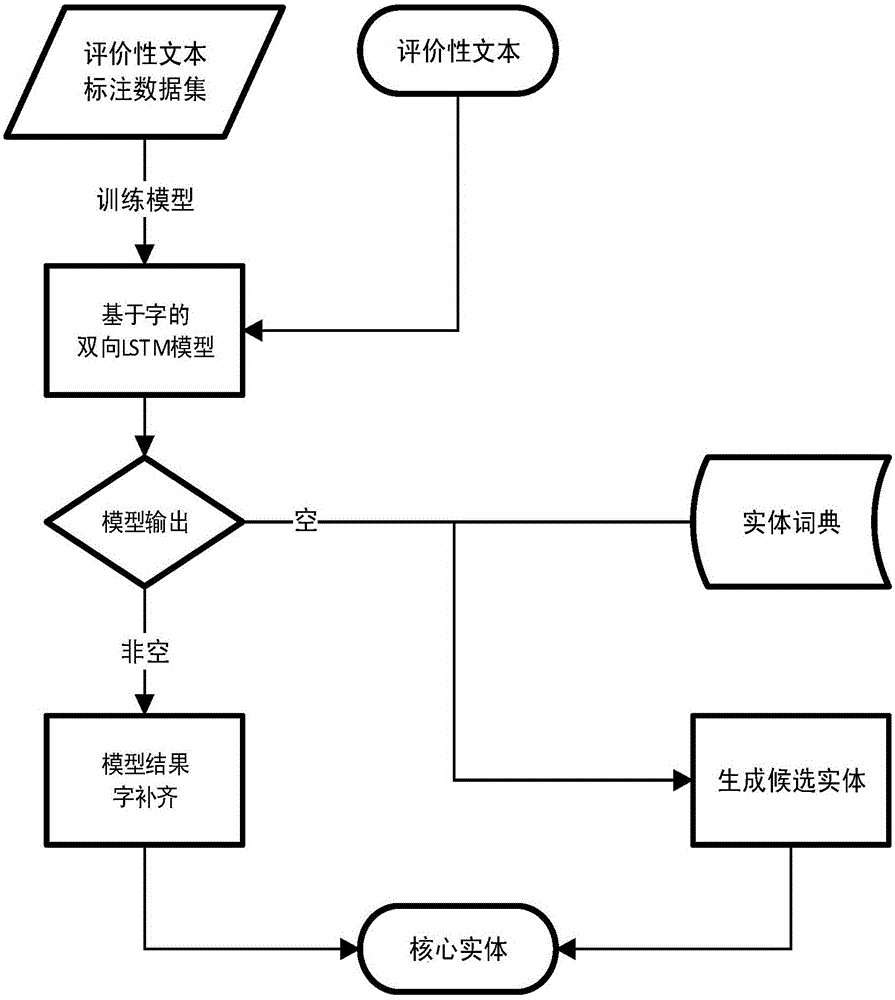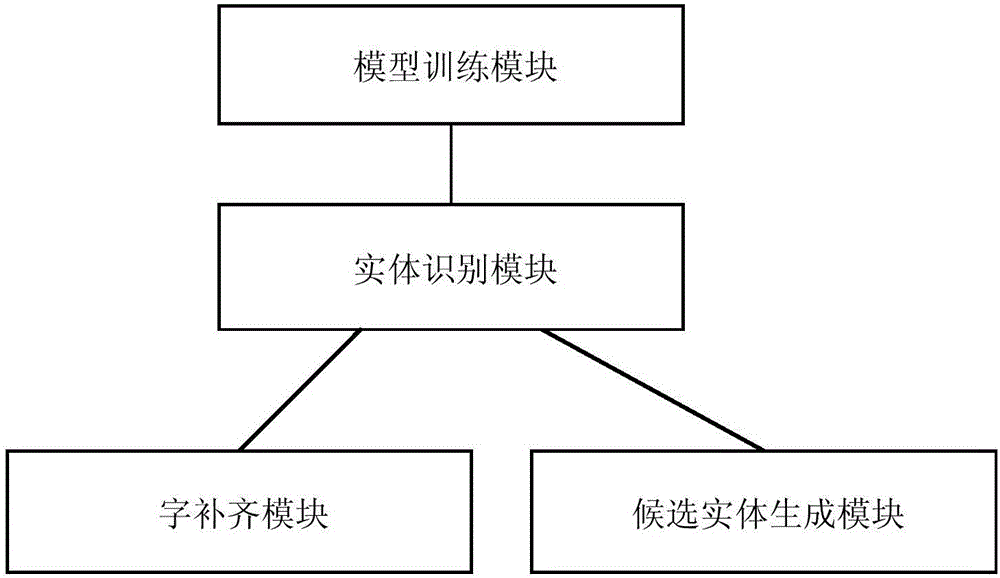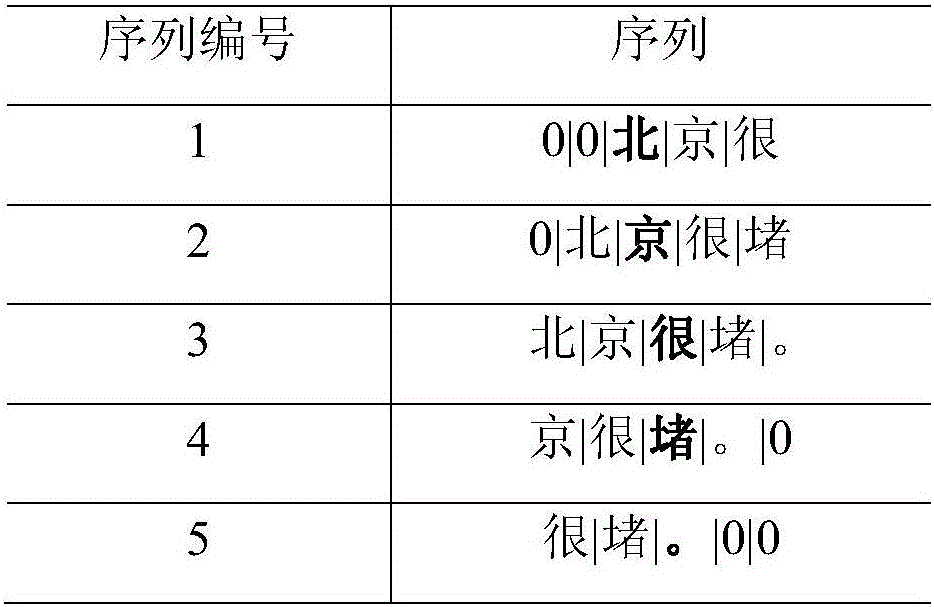Comment text entity recognition method and device based on character-based model
An entity recognition and model technology, applied in the information field, can solve the problems of affecting the recognition effect, inaccurate word segmentation results, and inability to handle massive volumes, so as to improve the accuracy rate, improve the training efficiency and effectiveness, and reduce the training sample size Effect
- Summary
- Abstract
- Description
- Claims
- Application Information
AI Technical Summary
Problems solved by technology
Method used
Image
Examples
example
[0035] Example: A core entity recognition method and device for evaluative texts Find out the core entities in different types of evaluative texts, the overall process is as follows figure 1 As shown, each functional module is as figure 2 shown. Take the travel review as an example, "In spring, the scenery of the Summer Palace is very beautiful." The core entity is "Summer Palace".
[0036] 1) Training model, use the labeled training data to train the word-based bidirectional LSTM model. For example, in the text "Beijing is very congested.", the core entity is "Beijing".
[0037] i) For the marked training text, first segment it according to the word (continuous English and numbers as a whole as a word, punctuation marks as a word), take each word as the center to intercept the fixed-length context as the training sample, the length of the context Insufficient 0 padding processing.
[0038] Assuming that the fixed length of the context intercepted here is 2, the text with...
PUM
 Login to View More
Login to View More Abstract
Description
Claims
Application Information
 Login to View More
Login to View More - R&D
- Intellectual Property
- Life Sciences
- Materials
- Tech Scout
- Unparalleled Data Quality
- Higher Quality Content
- 60% Fewer Hallucinations
Browse by: Latest US Patents, China's latest patents, Technical Efficacy Thesaurus, Application Domain, Technology Topic, Popular Technical Reports.
© 2025 PatSnap. All rights reserved.Legal|Privacy policy|Modern Slavery Act Transparency Statement|Sitemap|About US| Contact US: help@patsnap.com



